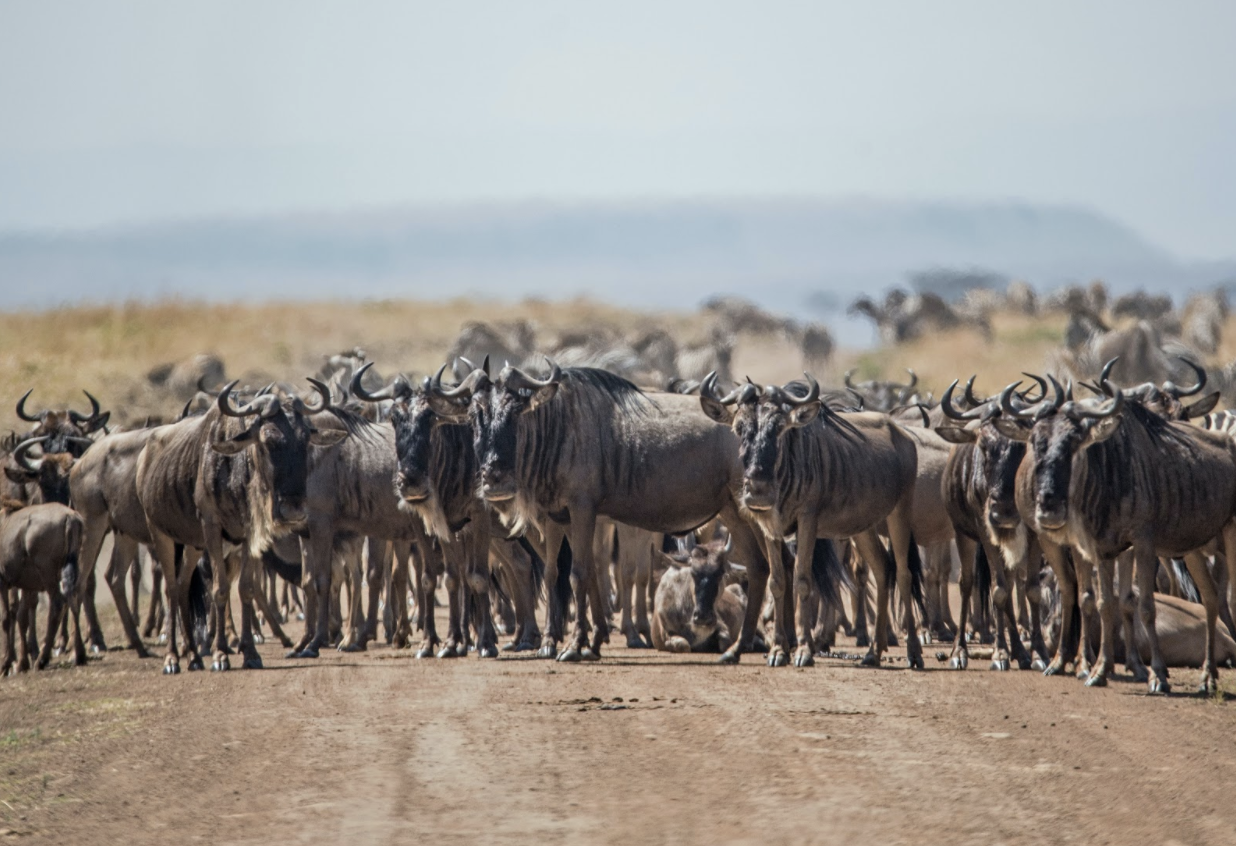Research roundup: How can we stop livestock disease from spreading when moving animals is a way of life?
January 26, 2021

According to a recent study, understanding how livestock moves between pastoral communities can inform more effective infectious disease control strategies that target villages instead of individual households. Rotating livestock to distant grazeable areas is crucial in dry areas, such as Kenya’s Maasai Mara ecosystem whose dynamics are influenced by the Maasai Mara National Reserve (MMNR). However, with each move comes a greater risk of infectious diseases jumping between herds. Scientists struggle with contact tracing in pastoral communities, where livestock gifting, selling, and trading are culturally mediated. Designing disease control strategies is complicated, and traditional epidemiological approaches often do not account for the interconnectedness of these communities. To account for this context, a team of researchers including George Paul Omondi, BVM, PhD, a researcher at the University of Minnesota College of Veterinary Medicine, surveyed people from 165 households in 67 villages surrounding the MMNR. The more incoming and outgoing livestock herds a village had, the greater risk it had for livestock disease, so the researchers documented how often livestock was entering each village, from where, and for what reason. Disease risk was highest in villages that received the most animals as gifts or those where animals were moved for grazing purposes during the dry season. It was also high in villages that were along popular paths for moving livestock. The researchers found that interventions were significantly more effective when targeting high-risk villages in the network. The new study sheds light on socio-culturally mediated infectious disease risk in pastoral communities and establishes a cost-effective, data-driven approach to stopping disease transmission between herds. This work was supported by a fellowship grant from the Fogarty International Center of the National Institutes of Health through the Centre for Global Health and Social Responsibility of the University of Minnesota.
Read the paper, published January 5 in Preventive Veterinary Medicine.
Photo by David Clode on Unsplash


